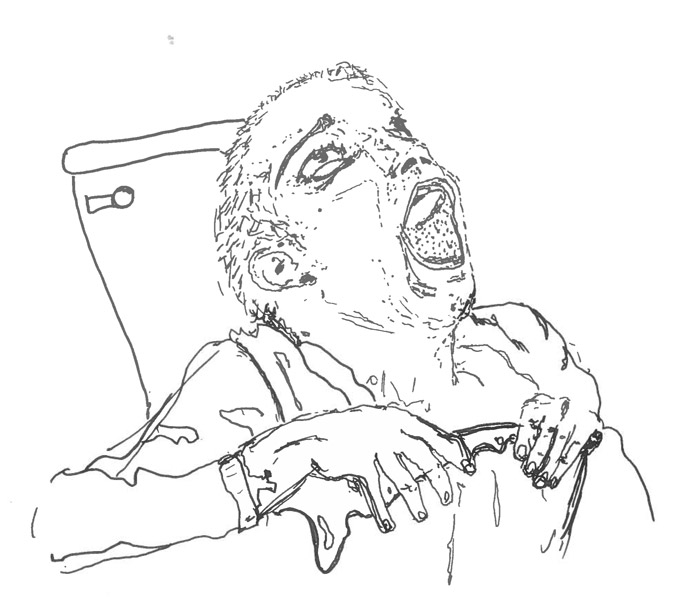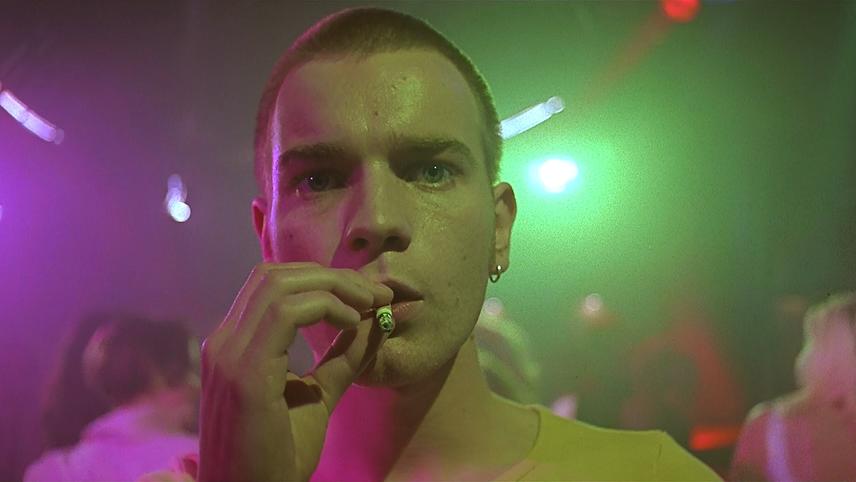“Sometimes I think people just become junkies because they subconsciously crave ay wee bit ay silence,” is the phrase that best describes Irvine Welsh’s Trainspotting (1993)—the novel that inspired the opiate-ridden 1996 movie of the same name. With the release of its sequel T2 Trainspotting on Feb. 21, Director Danny Boyle returns with a revisited version of a long-awaited classic. Although most of this generation of students were too young to see and appreciate Trainspotting at its release, the film became a cult classic—exposing the forbidden world of narcotics through a raw and surreal lens.
As the movie begins, it immediately sets the fast pace of drug intake, the routines of the characters, and the incredible soundtrack. To the tune of Iggy Pop’s “Lust for Life” and Underworld’s “Born Slippy (Nuxx),” the viewer encounters a stylized snapshot of the lifestyle of heroin addict and narrator Renton (Ewan McGregor), sociopathic Sick Boy (Jonny Lee Miller), naive Spud (Ewen Bremner), anger-riddled Begbie (Robert Carlyle), and athlete-turned-junkie Tommie (Kevin McKidd)—five unique and unexpectedly likeable Scots.
Disguised under dark humour and charismatic monologues, the characters are faced with the horrors of heroin addiction, withdrawal symptoms, urban poverty, and HIV. In Trainspotting, the evil is not the drug but the lifestyle that the five friends try to glamourize. Not only an iconic movie for its aesthetic—some say Renton popularized skinny jeans for men—it explores taboos and exposes the realities of working-class, ’90s Edinburgh.
However, immediately after its release Trainspotting was criticized glorifying drug use. With its many graphic scenes of heroin injections and close ups of a deceased newborn child, Trainspotting is an obvious target for the war on drugs.
 (Madeleine Kinney / The McGill Tribune)
(Madeleine Kinney / The McGill Tribune)
“Cinema does inherently glamourize everything: It has actors, and there is a stylization there,” Welsh discussed in a 2016 interview with Vice. Boyle’s direction precisely aimed to avoid depicting addicts in their daily routine without a specific focus. For instance, Renton’s overdose scene has a certain romantic atmosphere to it, mostly brought on by Lou Reed’s “Perfect Day.” Renton sinks into a crimson carpet, metaphorically representing death enveloping his body, which, however surreal and beautiful, pragmatically demonstrates the constant risk of substance abuse.
Fast-forward to 2017, the movie sequel T2 Trainspotting, partly based on the book’s sequel Porno (2002), has the four protagonists —sadly without Tommie—reunite 20 years later in a rather familiar setting. In sync with our Internet age, Renton’s “Choose Life” monologue was altered: “choose life, choose Facebook, Instagram, Twitter” amends the 1996 “choose life, choose a job, choose a career.” T2 maintains its precursor’s empowerment of the voices of “lowlife” junkies, and its upbeat tempo also seems to match the original film’s pace. Overall, fans of the original we be reassured by the faithfulness to the first movie and book.
Although the sequel might not live up to the cult status its predecessor bore, T2 Trainspotting will surely be a welcome revival of the iconic 90s film.
T2 Trainspotting will be released in Montreal cinemas on March 17th.









